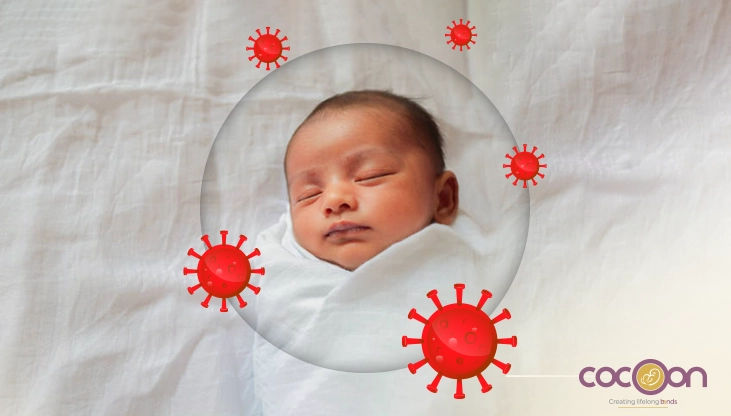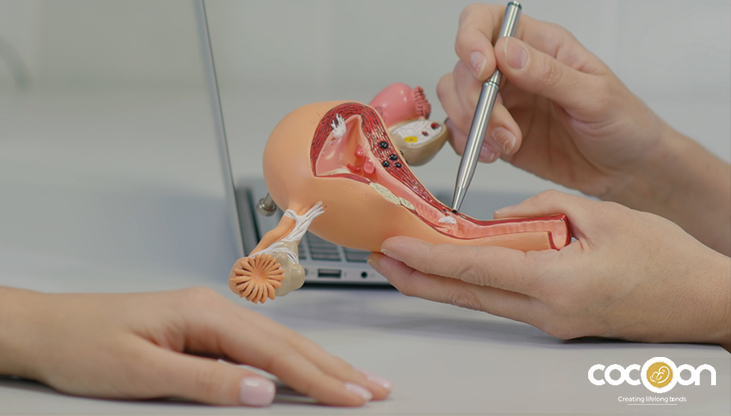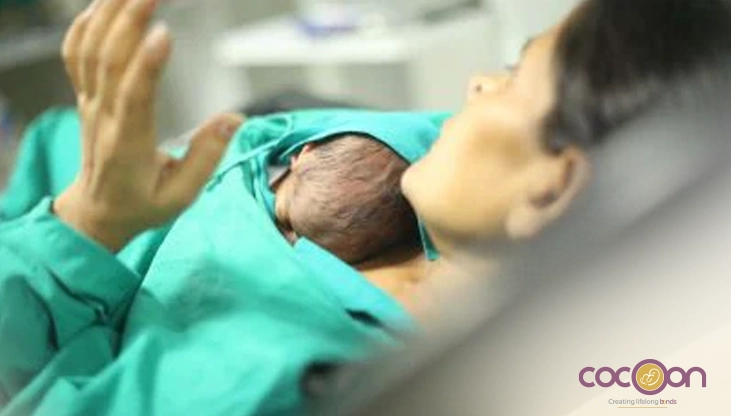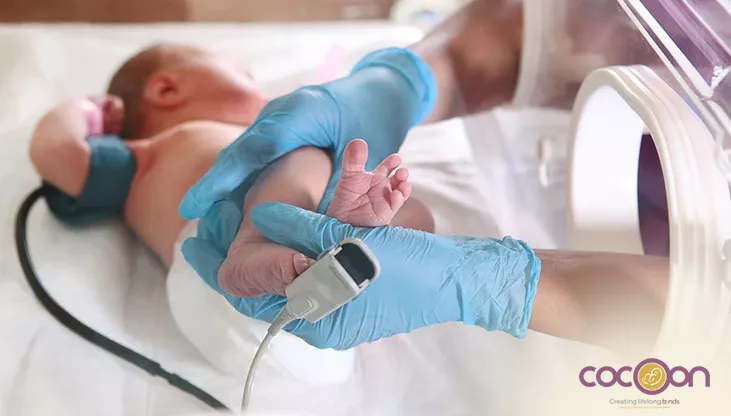Cervical cancer and cervical dysplasia are becoming increasingly prevalent, particularly among younger women. Cervical dysplasia often remains unnoticed, and despite advancements in screening methods, many cases remain undiagnosed. This is partly due to the common misconception that early stages present with obvious symptoms. As a result, diagnosis may be delayed, which can lead to more aggressive disease progression, fewer treatment options, and reduced chances of successful outcomes.
It is more important than ever to remain up to date on symptoms, preventative measures, and the significance of routine screenings in the fast-paced world of today. Cervical health should never be neglected. Many women may ignore early warning symptoms or put off regular checkups because of hectic schedules or ignorance.
What Is Cervical Dysplasia?
Hearing the term "precancerous" can be alarming, but it's important to remember that most women diagnosed with cervical dysplasia do not go on to develop cervical cancer. A precancerous disease known as cervical dysplasia occurs when abnormal cells proliferate on the surface of the cervix. The cervix is the lower part of the uterus that connects to the upper portion of the vagina.Cervical intraepithelial neoplasia, or CIN, is another term for cervical dysplasia. The term "neoplasia" describes the development of aberrant cells and "intraepithelial" refers to the condition when the aberrant cells are found on the cervix's surface (epithelial tissue) and have not proliferated beyond that layer.
Understanding the Cervical Cone Biopsy Procedure
A cone biopsy is a surgical procedure that is used to remove abnormal tissue from your cervix. It is also referred to as a conization or cold knife biopsy. It is often done to spot and identify cervical cancer or abnormalities in some cervix cells, known as cervical dysplasia, which may be a precursor to cervical cancer. The cervix is the section of your body that separates the upper part of your vagina from the lower part of your uterus.
Because the surgeon removes an uneven bit of tissue from your cervix in the shape of a cone, it is known as a cone biopsy. They can extract the tissue from the deeper layers (or inner portions) of your cervix with this type of biopsy. After that, the tissue is sent to a lab by your doctor for more testing. Cone biopsies are performed in hospitals or surgical centres as outpatient procedures; you are not required to stay there overnight.
What Is the LEEP Procedure for Cervical Dysplasia?
The loop electrosurgical excision treatment, or LEEP, examines and manages aberrant cell development on your cervix's surface tissue. The space between your uterus and vagina is called your cervix. With LEEP, the abnormal tissue is removed by heating an insulated wire loop. After it is removed, the tissue can be examined for cervical dysplasia, also known as cervical intraepithelial neoplasia. This condition is characterized by the presence of precancerous cells in the cervix. Although cervical dysplasia is not cancer, if treatment is not received, it may eventually progress to cervical cancer. Cervical cancer can be prevented with early detection of cervical dysplasia through LEEP.
Cervical Cone Biopsy vs. LEEP: Key Differences
| Feature | Cervical Cone Biopsy | LEEP (Loop Electrosurgical Excision Procedure) |
| Purpose | Removes a cone-shaped section of abnormal tissue from the cervix | Removes abnormal cervical tissue using an electrified wire loop |
| Depth of Tissue Removal | Deeper excision – includes cervical canal | More superficial – targets outer layers of the cervix |
| Ideal For | High-grade dysplasia, inconclusive biopsies, or suspected cancer | Low to moderate-grade cervical dysplasia (CIN 2 or CIN 3) |
| Performed Under | General or regional anesthesia (often in OT) | Local anesthesia (usually outpatient/clinic setting) |
| Procedure Duration | 30–60 minutes | 10–20 minutes |
| Recovery Time | 2–4 weeks | 1–3 weeks |
| Bleeding Risk | Higher | Lower |
| Impact on Fertility | Slightly higher risk of complications in future pregnancy (e.g., cervical incompetence) | Generally lower risk, but still monitored in pregnancy |
| Follow-Up Required | Pap smear, HPV test, and sometimes repeat colposcopy | Similar follow-up care required |
| Setting | Hospital or surgical center | Clinic or outpatient facility |
How to Choose Between Cone Biopsy and LEEP?
| Decision Factor | Cone Biopsy | LEEP (Loop Electrosurgical Excision Procedure) |
| Severity of Dysplasia | Preferred for high-grade or deeply located abnormalities, possible early cancer | Best for moderate to severe dysplasia (CIN 2 or CIN 3) near surface |
| Depth of Tissue Removed | Deeper tissue removal, including cervical canal | More superficial tissue removal |
| Fertility Considerations | Slightly higher risk to future pregnancies (e.g., cervical insufficiency) | Lower risk to cervical integrity and pregnancy outcomes |
| Diagnostic Clarity | Better if biopsy or colposcopy results are unclear | Used when diagnosis is clear and limited to outer cervix |
| Extent of Lesion | Effective if abnormal cells extend into the cervical canal | Suitable when abnormal cells are on the surface of the cervix |
| Anesthesia & Setting | General or regional anesthesia, usually in hospital | Local anesthesia, typically outpatient or clinic-based |
| Recovery Time | 2–4 weeks | 1–3 weeks |
| Conclusion | Chosen for complex, unclear, or deeper lesions needing more extensive removal | Chosen for simpler, well-defined, surface-level precancerous lesions |
Expert Tips for a Smooth Recovery
Following are the tips that can fasten your recovery after cervical dysplasia treatments:
- Rest and avoid strenuous activity for at least 1–2 weeks
- Avoid sexual intercourse and tampon use for 3–4 weeks
- Skip baths and swimming until cleared by your doctor
- Expect light bleeding or discharge—use only sanitary pads
- Take pain relief as prescribed for cramping or discomfort
- Attend follow-up visits to ensure proper healing
- Watch for signs of infection, like fever or foul-smelling discharge
Conclusion
It’s completely normal to feel anxious about undergoing a cone biopsy or LEEP procedure. While the anesthetic injection may cause some discomfort, the cervix will be numbed during the procedure, so you shouldn’t feel any pain. These procedures can help confirm whether abnormal Pap test results are related to cancer. If the cellular changes are cancerous, they can also assist in both diagnosing and treating the condition by removing the abnormal tissue.
Compare the cervical cone biopsy and LEEP procedure for cervical dysplasia, understand recovery, and get expert advice at Cocoon Hospitals.
FAQs
Q1. How much time does it take to recuperate from a cone biopsy or LEEP?
A: Cone biopsy recovery usually takes 2-4 weeks, while LEEP recovery takes 1-3 weeks. Individual well-being and post-procedure care are essential for full recovery.
Q2. How can I determine whether I require a LEEP or a cone biopsy?
A: Based on your general health, future reproductive goals, and the size, depth, and severity of abnormal cervical alterations, your doctor will advise the best course of action.
Q3. Does a cone biopsy or LEEP cause pain?
A: Following both surgeries, moderate pain, spotting, and cramps are common. Most of the time, pain can be controlled using prescription or over-the-counter drugs.

















